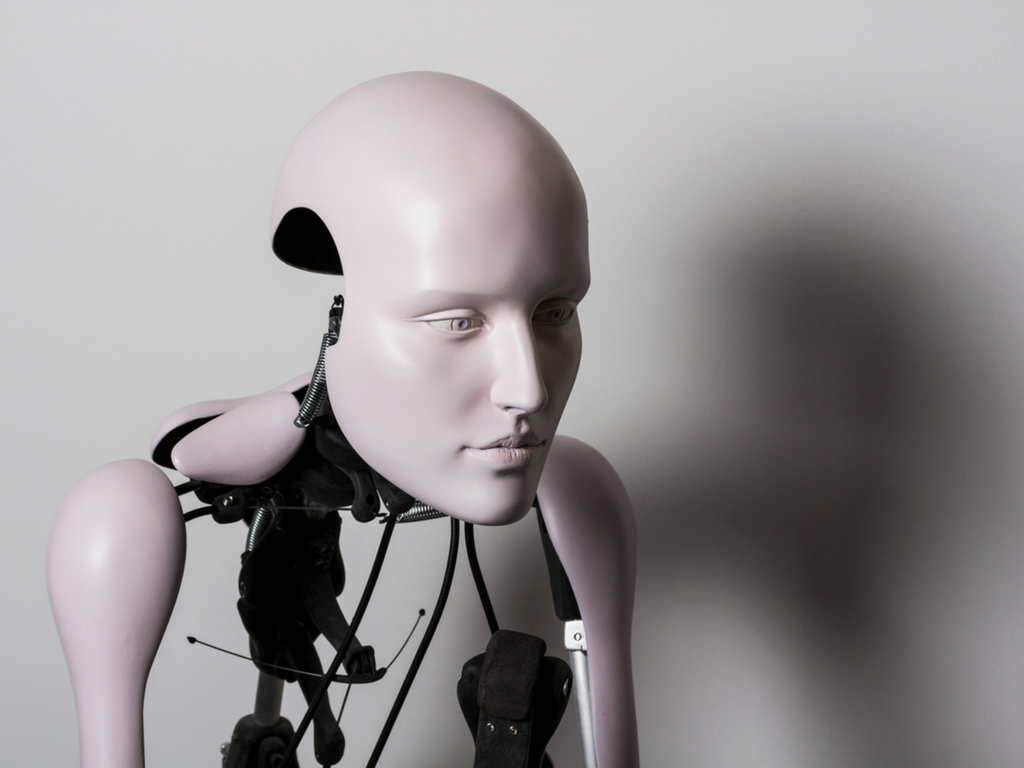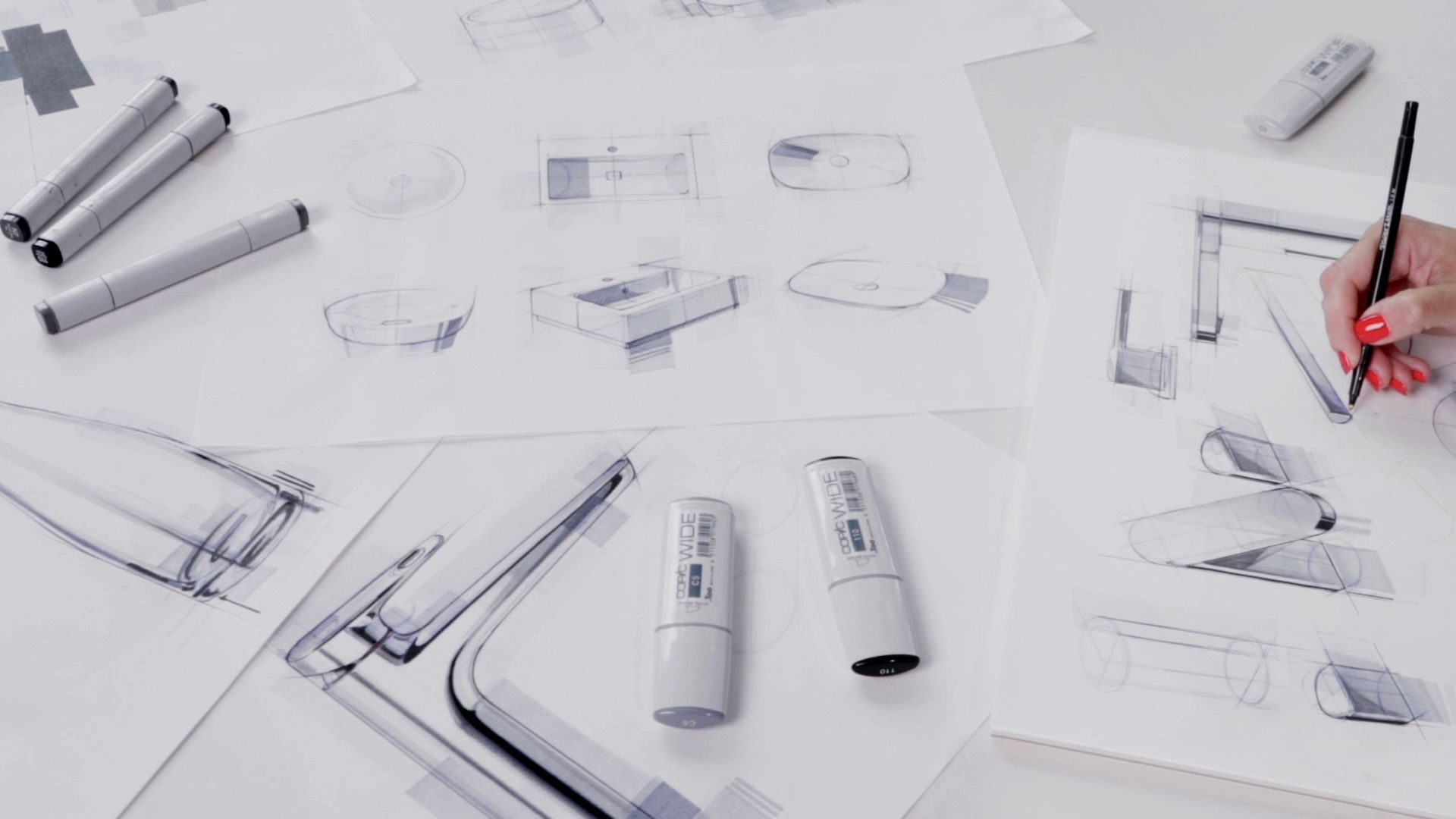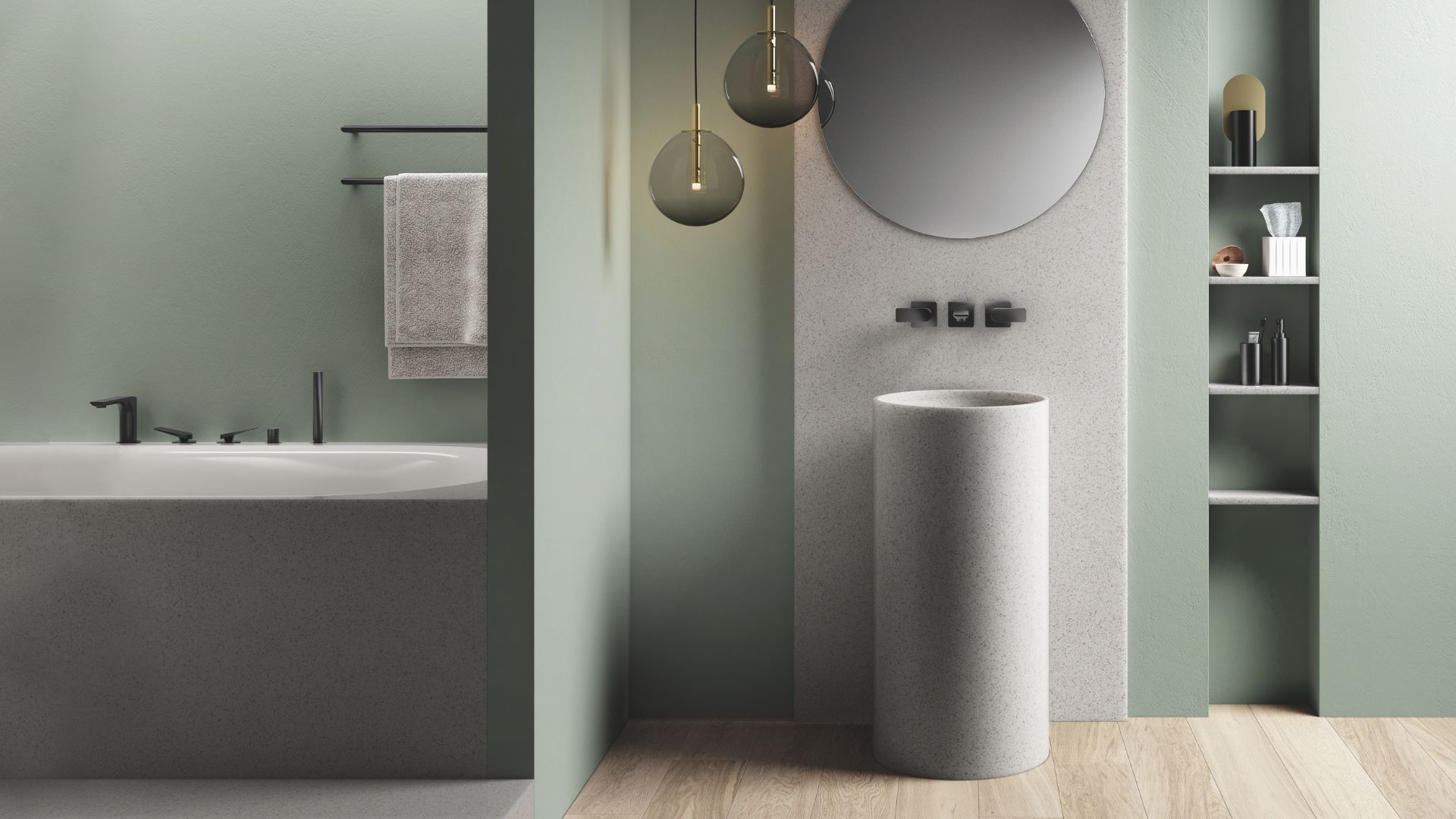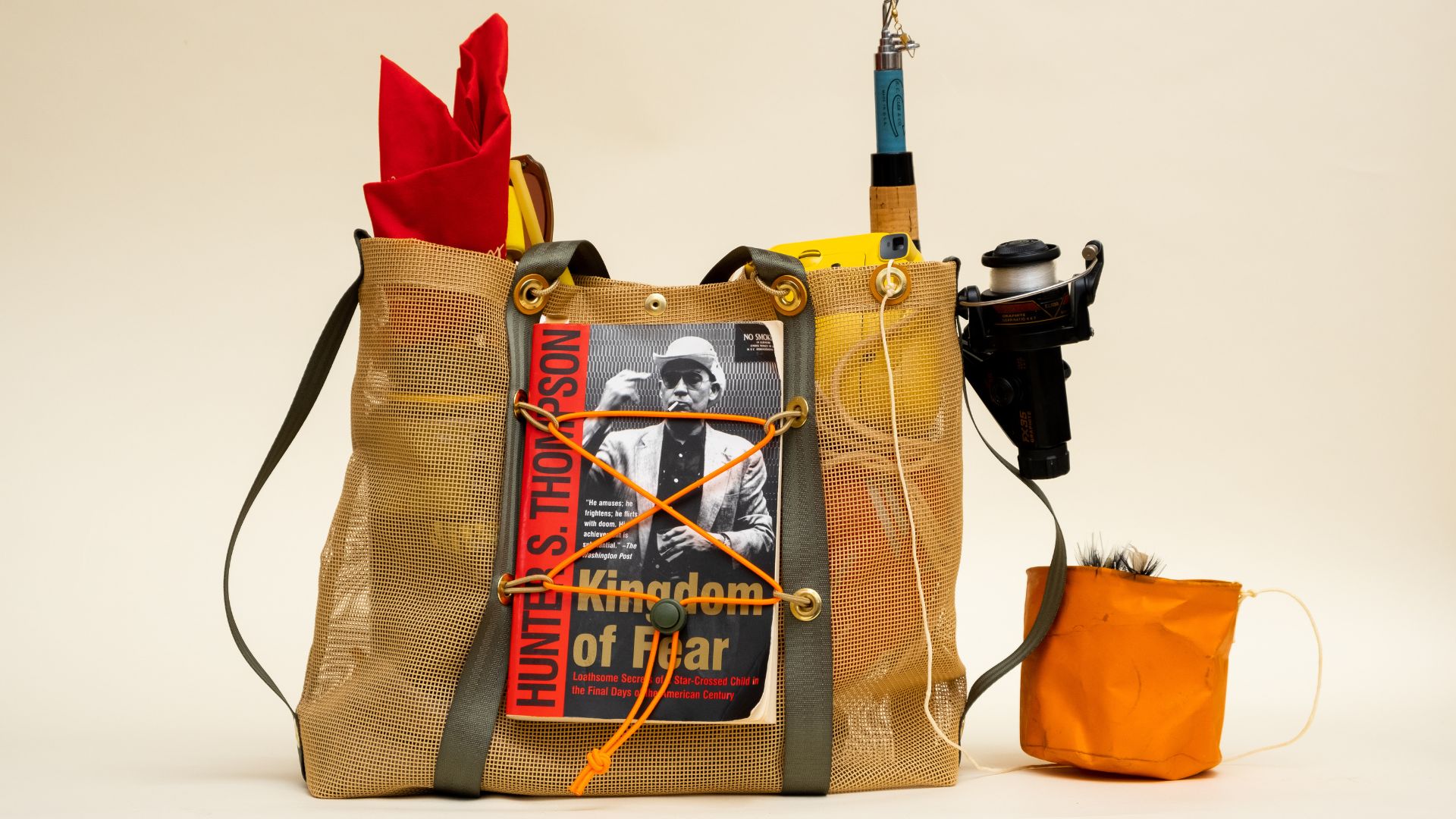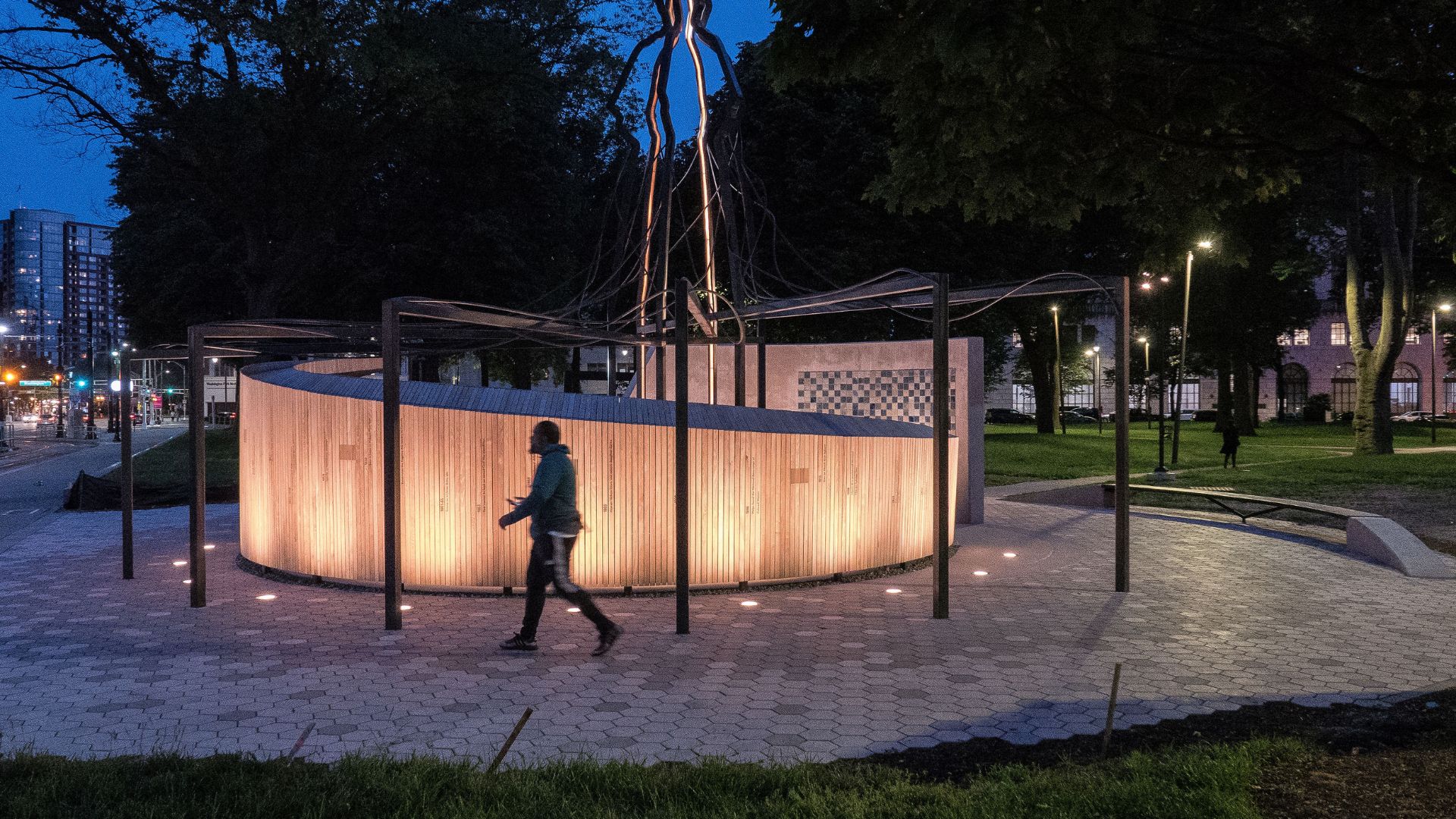Elisava’s class of 2025: Our top 5 highlights
Five groundbreaking projects from Elisava’s showcase demonstrate how the next generation of designers are tackling global problems, from pollution-fighting tiles to ocean-healing reefs.

This year’s Grad Showcase from Elisava featured more than 400 works in the fields of design and engineering. The projects combine thoughtful research and personal perspectives, reflecting on the complexity of the current global context and proposing considered interventions: from improving everyday life to rethinking our relationship with the environment.
The exhibition was held at Les Tres Xemeneies, an abandoned thermal power plant which was recently reopened for the Manifesta biennial, a setting that echoes the graduates’ ambition to breathe new life into structures, systems, and ways of thinking. Here is our top 5 selection from the exhibition.
Gallery
Open full width
Open full width
Elisava’s class of 2025: Our top 5 highlights:
Thor(No) Tech, Giulia De Franco

Thor(No) Tech is a biomimetic solution to passively reduce indoor humidity. Inspired by the Australian thorny devil lizard’s skin composition, the system is a dual structure that combines an outer PHA shell that channels moisture towards a bio-based insert, which captures and retains humidity through capillary action. As a zero-energy intervention, the system offers an alternative to conventional dehumidification technologies that often rely on electricity or on chemical agents. Thor(No) Tech’s materials are both bio-based and bio-degradable, reinforcing the designer’s commitment to circularity and low impact design.
Beyond its functionality, the project invites reflection on how design and architecture can learn from biological strategies to reach their goals, favouring material intelligence over mechanical force.
MUTUS, Laia Balart Fenollosa

Fashion is one of the world’s most polluting industries, with 92 million tonnes of fabric ending up in landfills every year. MUTUS tackles this global problem by reframing denim waste into an opportunity, transforming it into an innovative acoustic panel material. Through careful experimentation using natural binders with cotton and elastane fibres, the project balances sustainability with scalability, pointing to new opportunities in retail design, construction and beyond.
MUTUS demands more critical thinking on product lifecycles, urging designers and companies to reconsider their reliance on linear consumption models.
Borleta, Lupita Becerra and Katherine Petersen

Borleta is a project of Elisava’s Master in Furniture Design, from Lupita Becerra and Katherine Petersen’s collaboration. The product is a floor lamp made of a rectangular metal structure with stretched semi-translucent fabrics applied on it, which create visual projections in the space. Its three-dimensional design allows for the shapes and shadows to change based on the user’s viewing angle, offering different interpretations of its aesthetic. Exploring the relationships between light, colour, and textiles, Borleta plays with perception, transforming ambient lighting into an active element of a room’s interior design.
Nero Fumo, Sara Cacioppo

Nero Fumo is an innovative indoor bio-tile system, made of activated charcoal, it acts as an active air purification surface. Building materials are the most widely used material on Earth, accounting for 36% of total CO2 emissions. This projects questions their passive role, proposing a future where materials don’t simply occupy space, but are instead active fighters against pollution. Given that indoor air can be up to seven times more polluted than outdoor air, Nero Fumo represents a practical solution that leverages the material’s natural porous structure to capture contaminants and contribute to health.
Most importantly, Nero Fumo represents a shift from extractive construction practices towards regenerative building methods, attempting to contribute to human and planetary wellbeing.
REEFLEX, Paula Subirà Sirvent

REEFLEX is a project for marine health, in collaboration with the institutions OIKO and Marine System Iberia. The research focuses on creating an artificial reef for marine regeneration along the Catalan coast, enhancing both the material composition and the physical structure. Using agri-food industry waste rich in calcium carbonate, the material is adapted and bio-receptive to marine environments, actively inviting marine life to colonise and thrive. The project’s structural design harnesses and dissipates wave energy, turning the ocean’s own power into a tool for coastal protection.
Overall, REEFLEX represents a new paradigm where human intervention does not only repair environmental damage but can also create habitats that are more resilient and diverse than what existed before.



















